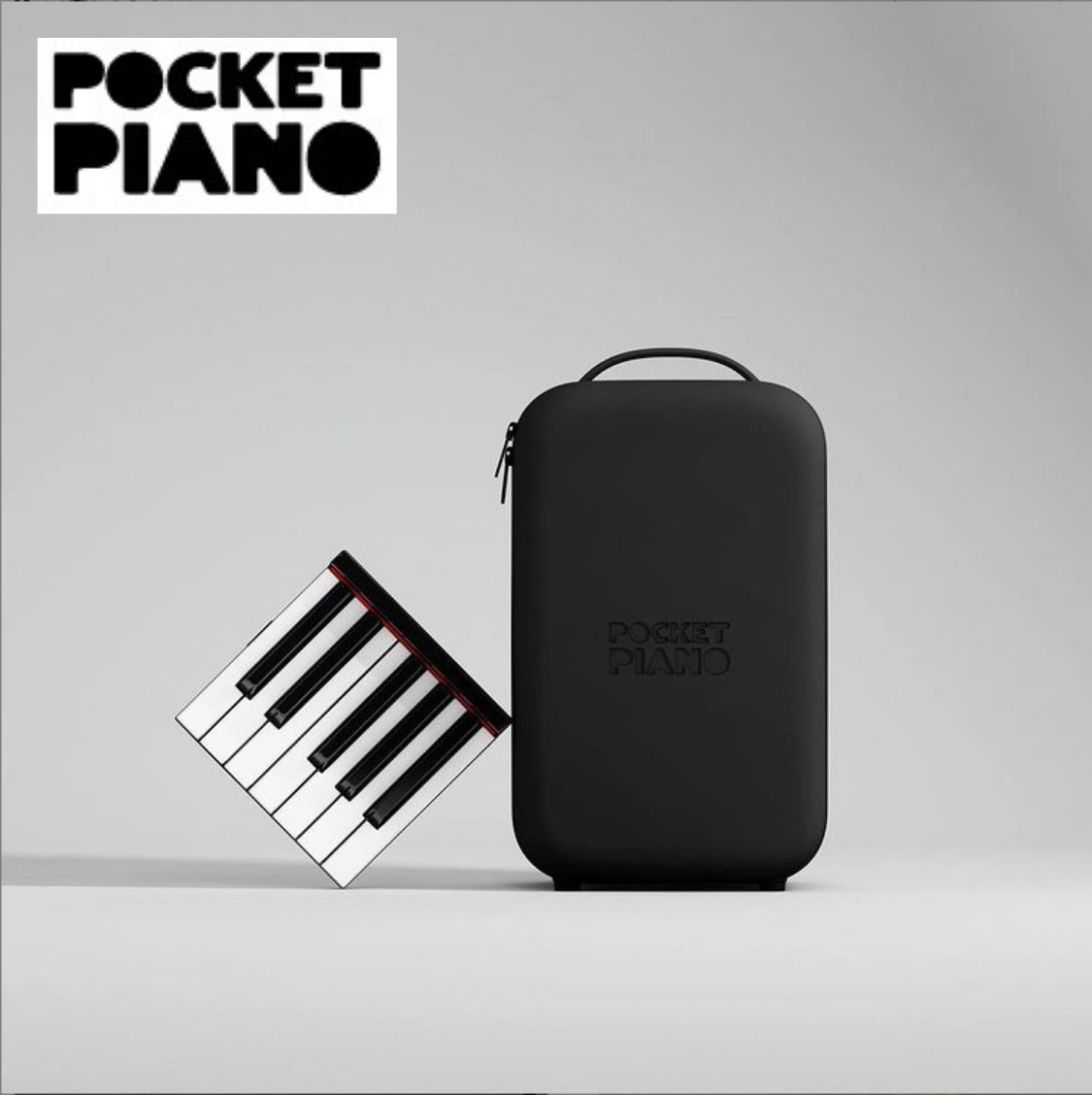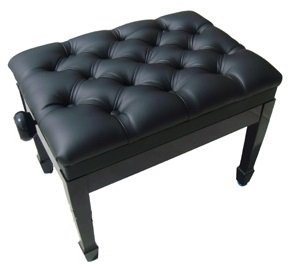The Corona Virus (COVID-19)
& Your Piano's Care
COVID-19 and Piano Care.
The Corona Virus (COVID-19) is having a major impact throughout the globe and is actively changing the way that we work and live, in 2020 and beyond. The prevention of the spread of this deadly virus carries over into the world of pianists, teachers, students, homes, studios, schools, and piano technicians, who are accustomed to touching a piano throughout the course of their daily activities.
The Centers for Disease Control and Prevention (CDC) have published specific information to help prevent the spread of this virus and to help prepare and care for yourself during this unprecedented period of change.
Visit the CDC Website:
https://www.cdc.gov/coronavirus/2019-ncov/prevent-getting-sick/prevention.html
The following suggestions at the CDC's website should be carefully followed, to ensure the proper prevention of and protection from the Corona Virus (COVID-19 / SARS-CoV-2).
Piano Care &
Preventing COVID-19
To help prevent the spread of COVID-19, special and specific care measures should be taken when using cleaning products to disinfect a piano. Even if your piano is used on rare occasions, these preventative care and maintenance measures should be taken seriously.
When preventing the spread of COVID-19...
(1) Use an alcohol-based disinfectant to clean the keys of your piano and the piano's case parts.
DO NOT USE PRODUCTS on YOUR PIANO CONTAINING:
- Bleach-based disinfectants OR
- Citrus-based disinfectants
While it has been accepted that bleach and citrus can kill various viruses, these chemicals can be harmful to your piano.
Lysol or Clorox Disinfectant Wipes (with no bleach or citrus) can be used to clean the piano's keys (keytops), and is a better and safer alternative for pianos with a high-gloss (polyester) finish.
Hydrogen peroxide can also be used to disinfect your piano's keys. See #2 for instructions to apply any liquid based products.
2. Use Disposable Towels such as WypAll L30 or a strong paper towel, to clean the piano's keys and finish.
Spray or pour the liquid onto the towel, and not on the piano itself.
Do NOT Scrub the finish or the keys, ever.
Cleaning and disinfection is a very gentle procedure, and requires time and patience and attention to detail. Scrubbing is unnecessary, whereas disinfection should be a very thorough and methodical process.
3. Immediately dispose of the towel, or the disinfectant wipe, in the trash. It is best to wear disposable gloves throughout this process, whereas you should always wash your hands, frequently, as the CDC recommends.
Do not use reusable towels or cloths which could spread germs to your supply base - or your family, friends, or customers.
4. Dry off what you had wiped, and do not leave any liquid on the keys, or the piano itself.
If the piano's keys have not been cleaned for a long time, or if any keys appear to be dirty, use Cory Care's Key-Brite spray, and follow up with a disinfectant wipe, and/or a disinfectant spray onto a paper towel.
Always make sure the keys are dried, with a clean disposable towel, after applying any liquid based products.
Chemical compositions of disinfectants can change over the years, so
it is generally best to test the disinfectant in a discrete area of the
piano, before proceeding, to ensure there is no adverse reaction to the
keys, finish, or case parts.
After spot testing a discreet area of the piano, check the disposable wipe to make sure the finish has not come off onto the towel.
Check for any discoloration of the piano's finish and/or shine.
If the finish remains the same after a few minutes of wiping, you may be able to proceed. Continuously check the cloth or disposable wipe and finish to make sure no discoloration appears.
Never scrub the finish or keys, as this can cause damage to the piano, and rarely, is ever necessary.
Cleaning Your Pianos is a Gentle Process, and Should Never Require Any Harsh Scrubbing.
Proceed with Caution, and with the Utmost Care.
After cleaning and disinfecting your piano, you may want to think about investing in a custom piano cover, string cover, or piano lock, to keep your piano in a clean, dust-free, and protected condition.
POLYESTER & HIGH-GLOSS PIANO FINISHES:
High gloss polyester finishes are some of the most durable finishes, to most store-bought disinfectants, and generally last the longest over time. Always test in an inconspicuous area at first. If the finish is dirty, use Cory Care Pre-Polish Finish Cleaner or Coconut Wood Cleaner or Windex, followed by the disinfectant.
You may use Cory Super High-Gloss Piano Polish after disinfecting the surface. Always follow up with a dry towel, leaving no surfaces damp or wet.
SATIN PIANO FINISHES:
Satin piano finishes should always get wiped down in the direction of the wood grain, or the hand rubbed finish. Do Not Wipe in the Opposite Direction of the Visible Grain, as wiping in the opposite or in a perpendicular (cross) direction may result in scratch marks, or hazing.
You may use Cory Satin Finish Cleaner & Conditioner after disinfecting the surface. Always use a dry towel afterward, leaving no surface damp or wet.
Lacquer & Polyurethane Finishes:
Lacquer and polyurethane finishes require more "careful care".
Disinfectant wipes and sprays may be harmful to these finishes.
Test an inconspicuous area first.
Use a few drops of hand or dish
soap with warm water on a towel. Wring out the towel, to make it lightly moist, to avoid a heavy saturated towel.
Wipe the surface needing cleaning.
Make sure that you always follow up with a
dry towel and wash your hands, immediately afterwards.
Aged, Worn, and Damaged Finishes:
Aged and worn finishes can pose quite a challenge. If your piano's finish is aged, worn, 'alligatored', cracked, and/or damaged, proceed cautiously.
Always test in an inconspicuous area, and proceed with care.
You want to preserve the integrity of your piano's finish and still clean / disinfect the surface, thoroughly.
Lightly clean the surface with a lightly moistened towel, and do not press down hard. Avoid scrubbing the surface, for any length of time, which leads to scratching, or can remove the
finish, entirely.
Always check the color and shine of the finish of the piano in addition to your cleaning cloth to make sure the finish is not coming off, or becoming removed. Proceed with care and with caution.
Remember to wear disposable gloves, whenever possible. Wash your hands after cleaning your piano, after you have thrown away used wipes or towels.
SUBSCRIBE TO OUR FREE EZINE:
Support our site at no cost to you. Make your Amazon purchases by clicking through this link, here.






 Click Here to View our Terms and Conditions
Click Here to View our Terms and Conditions